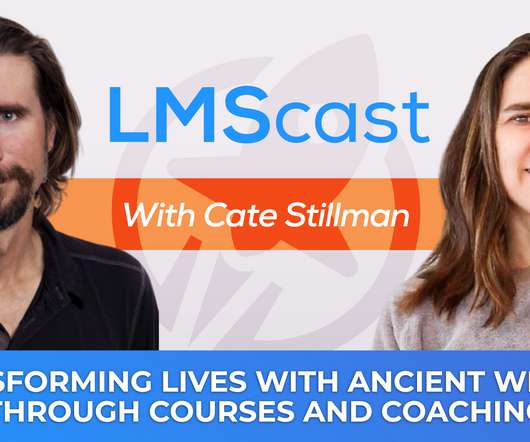How the Brain Learns—A Super Simple Explanation for eLearning Professionals
SHIFT eLearning
JUNE 19, 2014
In his book, The Art of Changing the Brain , Dr. James Zull , notably suggested how David Kolb''s famous four-phase model of the learning cycle can be mapped into four major brain processes. He believed that better understanding the learning processes that occurs in the brain encourages a more flexible approach to learning.

































Let's personalize your content